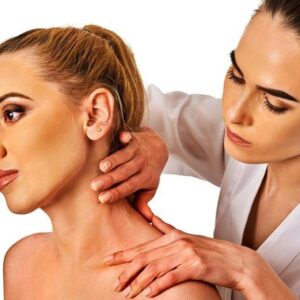Benefits Of A Low-Carb Diet
Benefits of a low-carb diet
A low-carb diet is a diet that limits the intake of carbohydrates like pasta, bread, and sugary foods. The diet is rich in healthy vegetables, protein, and fat. There are a variety of low-carb diets. Studies have revealed the potential of low-carb diets in aiding weight loss and improving health.
The food choices in a low-carb diet depend on several factors, including your weight, overall health, and the level of physical activity.

Here is some information about low-carb diet plans.
What are the basics of a low carb diet plan?
- A low carb diet plan does not necessarily come with clear guidelines regarding the contents.
- Basically, these diets start with a phase that is very low in carbohydrates limiting an individual to 20 to 50 grams per day for a period of two weeks for kick-starting the fat-burning session.
- Then there is an increase in carbohydrates so that an individual continues to lose weight. However, the carbohydrates are restricted to not more than 150 grams per day.
- For keeping the carb intake low, an individual generally eats carb-free proteins like poultry, meat, seafood, and eggs along with vegetables that are low in their carb content. These vegetables include lettuce, spinach, green beans, broccoli, asparagus, peppers, and mushrooms. Fats like oil, butter, and cheese are considered healthy. Even low-carb fruits like pumpkins, olives, and avocados are allowed.
What are the foods that need to be avoided when following a low-carb diet plan?
Food items that need to be avoided when following a low-carb diet plan are:
- Foods containing sugar in large quantities like soft drinks, candies, fruit juices, and ice creams.
- Refined grains like rice, wheat, barley, cereal, pasta, bread, and rye.
- Trans fats like partially hydrogenated or hydrogenated oils.
- Low-fat and diet products like cereals, crackers, and dairy products, which contain added sugar.
- Highly processed food items.
- Starchy vegetables.
What are the main contents of the low-carb food list?
- In the meat section, you can have chicken, lamb, beef, and pork.
- Spinach, cauliflower, broccoli, and carrots are the vegetables that can be included.
- Omega-3 pastured and enriched eggs can be consumed.
- Fish varieties that can be included are haddock, salmon, and trout.
- Fruits that can be included are pears, oranges, apples, strawberries, and blueberries.
- In the seeds and nuts section, one can have sunflower seeds, walnuts, and almonds. If you are looking to lose weight then be very careful with your intake of nuts and cheese. Avoid overeating them.
- High-fat dairy like butter, yogurt, cream, and cheese are a ideal in a low-carb diet plan.
- Oils and fats that are healthy include butter, olive oil, fish oil, lard, and coconut oil.
What to eat at restaurants?
- Drink plain water in place of fruit juice and sugary soda.
- Order fish or meat-based main dishes.
- Try getting extra vegetables in place of rice, potatoes, and bread.
How to follow a low carb diet plan?
- Following a low carb diet plan does not mean that you need to completely quit a high fiber diet plan.
- It is important for you to have a basic understanding of bad carbs and good carbs.
- Try consuming lean meats.
- Portion-controlled and low-carb fresh vegetables and fruits are a must in your everyday diet list.
What are risks associated with following a low-carb diet plan?
Cutting out carbs from the diet instantly can lead to the following temporary health effects:
- A headache
- Diarrhea
- Constipation
- Bad breath
- Skin rash
- Weakness
- Fatigue
- Muscle cramps





